If you follow veterinary medicine at all you are probably aware that February is dental month. A month where the veterinary profession focuses on educating pet owners about dental health in pets. As our pets are living longer and as we make changes to their body composition through breeding we see more and more dental disease. In fact, dental disease has become a very common health concern in most of our pets. Prevention is an important part of keeping our pets’ mouths healthy. The single most important thing is daily brushing, however even daily brushing doesn’t necessarily rid the teeth of all of the plaque and tartar that accumulates over time. Even though we brush our own teeth every day we still need to visit the dentist routinely to clean what the toothbrush and dental floss just don’t get. We are not able to provide dental care in your home but we do refer our patients to competent, professional veterinarians with a passion for excellent oral health.
So in honour of Pet Dental Health month this story is about a little dog with unexpected dental concerns.

Lela was a spunky 15 year old, little Chihuahua with a real zest for life. She was a little diva who loved playing with her toys and cuddling on the sofa with her humans. You would never guess her age just by looking at her. Her owner, Belinda was totally in love with Lela and doted on her to no end, being diligent in her care and wanting only the very best for her. As Lela entered her golden years she was relatively healthy until one day when she started sneezing.
Initially, the sneezing wasn’t very consistent. Lela would sneeze about once or twice a day maybe without any discharge so Belinda wasn’t really that concerned about it. “maybe she has a virus” Belinda thought. The sneezing didn’t get better, however and in fact Belinda was noticing that the sneezing was becoming more frequent and she wasn’t playing with her toys as much. Instead of once or twice a day Lela was sneezing multiple times daily, every day and sometimes multiple times in an hour. It was at this point that Belinda noted a drop of blood in the discharge that was now present when Lela sneezed. Belinda immediately called us to come take a look.

Lela was still in good spirits when we arrived but we did note that she wasn’t as active or playful as she had been the last time we had seen her. Dr. Henderson performed a full physical examination on Lela. She did sneeze during the exam and she was painful when her face or mouth were touched. Dr. Henderson examined Lela’s mouth and noted that her teeth looked to be clean but that some of them were loose and still others were missing. No masses or other abnormalities were noted in the mouth.
“Well, Belinda.” Dr. Henderson started, “I see that Lela is missing some teeth. When did this occur?”
“It was just recently,” Belinda answered. “Lela stopped eating for a day a few weeks ago. She lost one tooth and then another and then she started eating again, so I thought that she was fine.”
Dr. Henderson explained that Lela was missing more than 2 teeth and that this was an indication of severe dental disease and was likely the cause of the sneezing. Belinda was shocked! “But I have been taking her to get her teeth cleaned regularly. The groomer brushes her teeth every time that she goes there and when her breath starts to smell I take her to the person who cleans her teeth without anesthetic. I didn’t want to risk the anesthetic at her age. I really don’t think that it is dental disease that is causing the sneezing. What if it is something else? I am afraid that she could have a tumour in her sinuses.”
“I understand your concern for Lela. I know how important she is to you and just like you I want what is best for her.” Dr. Henderson explained. “How would feel about scheduling an x-ray of her sinuses to rule out other causes of the sneezing and we can go from there.” Belinda agreed that this was a good plan and x-rays were scheduled and taken of Lela’s sinuses.

Special dental x-rays are best to identify dental disease and can pick up subtle changes much better than sinus x-rays, however even without the specialized dental x-rays, Lela’s images were able to pick up severe dental disease in all of Lela’s remaining teeth. The disease was so bad that Lela’s jaw bones had started to disintegrate due to long term infection and inflammation. There wasn’t any sign of a mass or other cancer present.
How did this happen? Belinda was very careful about caring for Lela. She knew that taking care of her teeth was important and she had enlisted the help of people she trusted to help her in this endeavour. Did the dental disease really progress this quickly?
Dr. Henderson explained what likely happened. “Each tooth is like an iceberg, in that there is a visible portion in the mouth but there is an even larger portion under the gum-line which we can not see. This is the part that contains the root or roots. The roots are held to the jawbone with very strong ligaments and the gum tissue adheres to the whole thing to protect the bone and the roots. If there is a defect in the gums bacteria can find its way to the bone, the ligaments and the root and this can cause the kind of decay that we are seeing in Lela. The visible portion of the tooth may still appear healthy, even as the structures under the gums are breaking down.”
“But how could I have prevented this?” Belinda asks.
“The best prevention is early detection and complete cleaning of the mouth, including a small portion of each tooth that we can reach under the gum line. Anesthetic is required to do this for our pets. When veterinarians perform a dental COHAT (comprehensive oral health assessment and treatment) it includes more than just cleaning the surface of the tooth. Under anesthetic pets can be positioned appropriately to get good dental x-rays to look at each root and the bone surrounding them. In this way they can determine if there is any early disease processes occurring here. Once the x-rays are taken, a full examination of the mouth and throat is performed to look for any sign of disease process there. Every tooth is cleaned with professional dental tools including an ultrasonic scaler which is able to remove very fine particles of plaque and tartar. This tool takes special training to be able to operate safely. The teeth and gums are again examined by the veterinarian and without dental tartar in the way, the doctor is able to measure any pockets that may be present between the gums and the teeth. Deep pockets found between the teeth and gums are a sign of disease and must be treated. Any teeth that are found to be diseased are removed to prevent further disease in the jaw bone itself and to cure the pain that this causes. Finally a high speed polisher is used on the remaining teeth to smooth out any microscopic ridges that have been created due to the cleaning. Dental cleaning tools are metal and will result in small defects in the enamel of the tooth. If these are not polished away they remain as an irregular surface perfect for plaque to attach.”
To summarize a veterinary dental procedure under anesthetic includes the following:
- Dental x-rays
- A full mouth examination by the doctor
- Measurements of gingival pockets
- A comprehensive cleaning with specialized equipment including subgingival scaling
- Assessment and treatment of oral disease
- High speed polishing of each tooth
Belinda was still worried about anesthetics but we explained the advancements in anesthesia over the years and that the risk for Lela was very low. In fact, her risk for succumbing to her dental disease was much higher than her risk of anesthetic complications so Belinda took Lela to have a full dental COHAT and due to the severe disease that was present she had most of her teeth extracted. She took a few days to recover but it wasn’t long before she was feeling better than she had in a very long time. She started playing with her toys again, had more energy and a better appetite than she had for years.
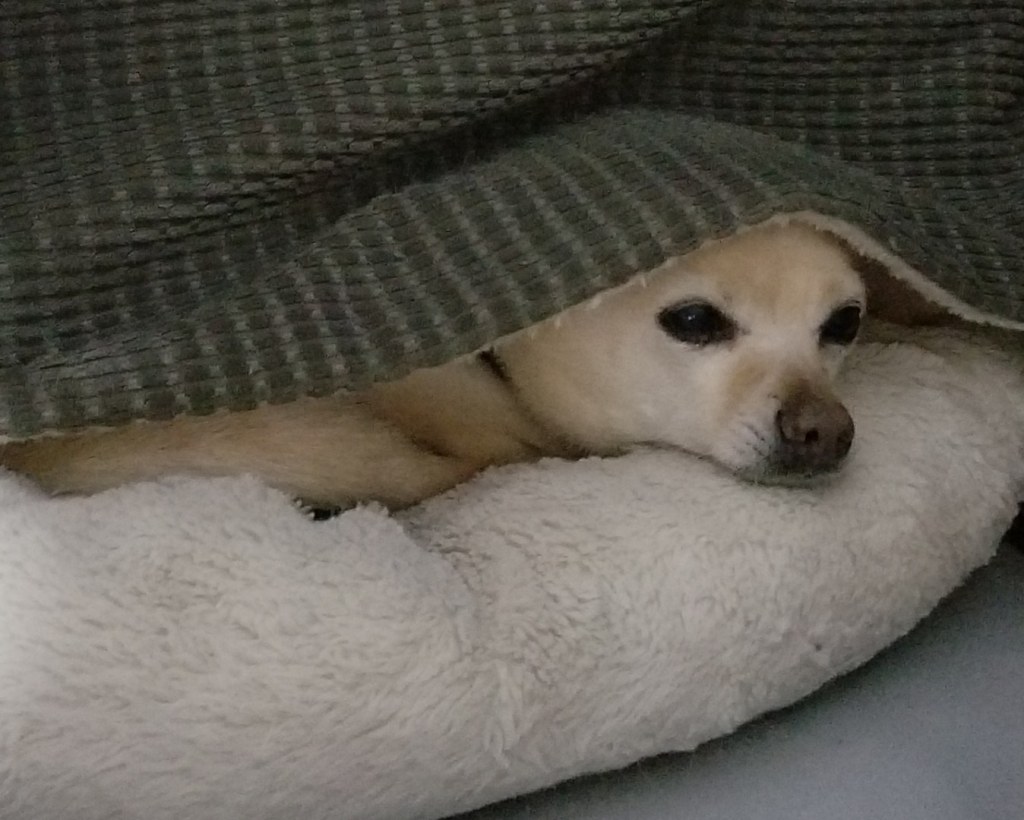
I hadn’t realized how sick she really was until I saw how well she did after the dental. I thought that she was just getting old, but it appears that she really wasn’t feeling well due to the degree of pain and inflammation in her mouth. I am so glad that I took her for this procedure.”
~Belinda
We are so grateful to have been a part of Lela’s recovery and we encourage you to speak to your own veterinarian about dental health and its importance to your pet.
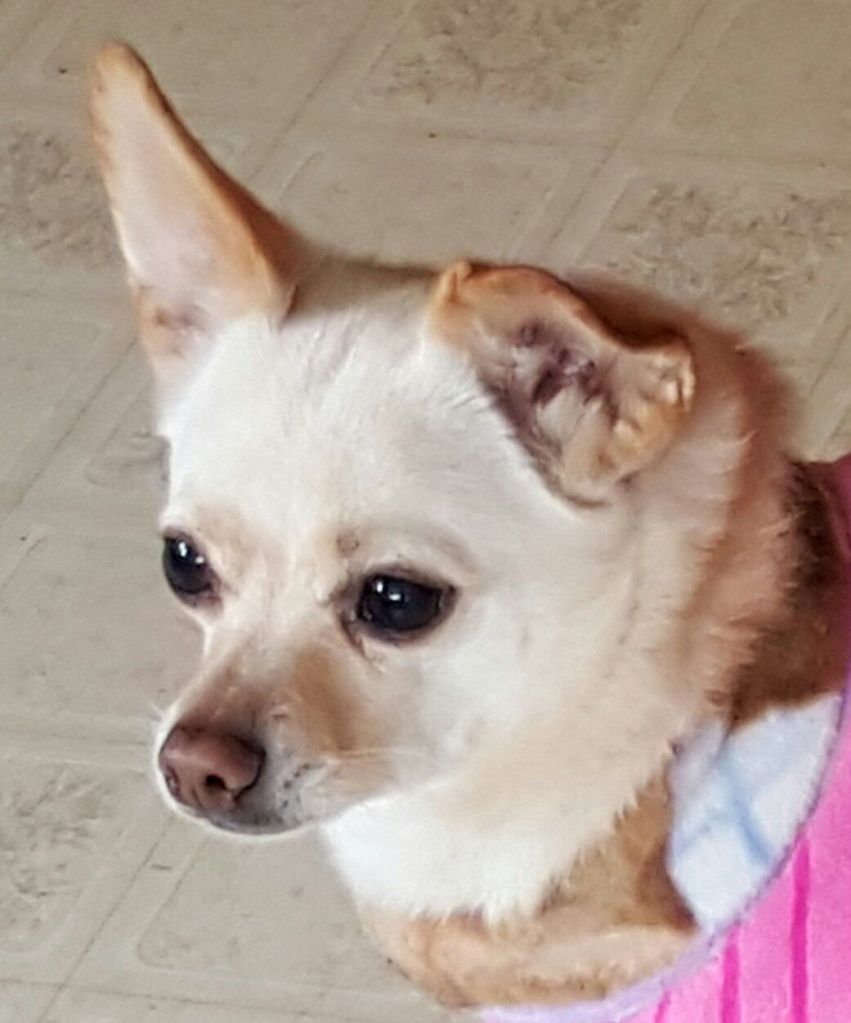
Author: Janet Henderson DVM, CHPV


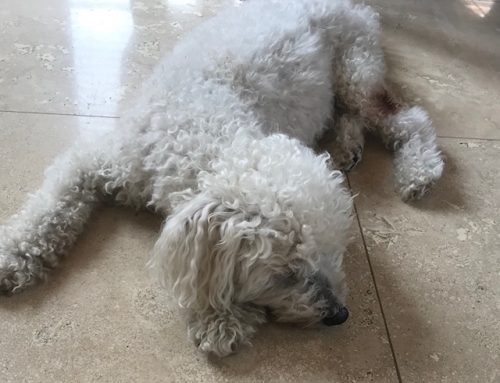
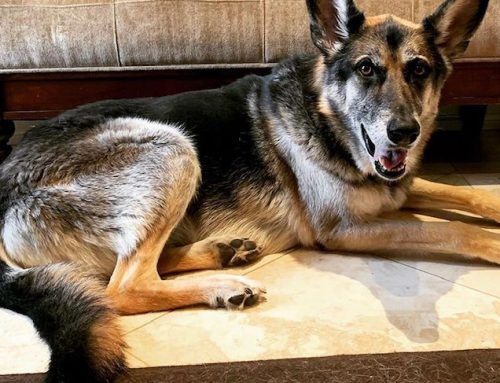
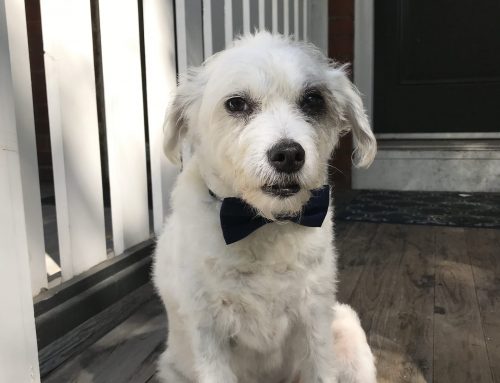

Leave A Comment